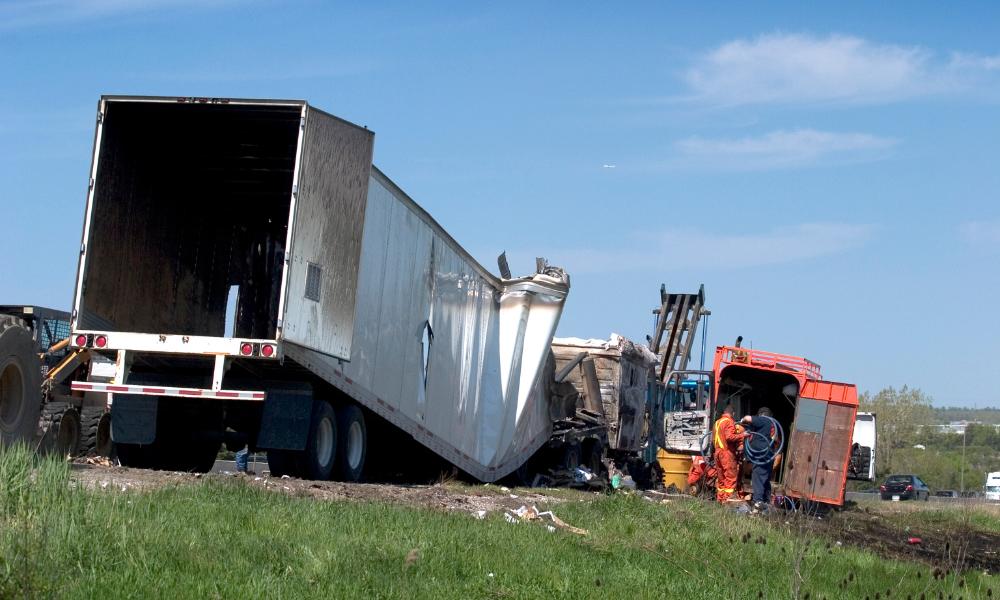Busy highways are full of commercial vehicles these days, and that can be scary for those who are driving smaller passenger vehicles. Large trucks that cut off other drivers can cause serious side-impact collisions. Those that are going too fast to stop may end up causing severe rear-end crashes.
Large truck crashes are a problem along the Ohio-Kentucky border, especially along Interstate 75. The busy interstate makes it difficult for people to maneuver, and traffic jams can lead to aggressive and impatient driving behaviors.
Did you know that approximately 4,136 people were killed in large truck crashes in 2018? In only 16% of cases were those who were killed the actual drivers of the large trucks. Usually, in 67% of cases, it was the occupants of smaller cars and passenger vehicles who ended up suffering the most in these crashes.
In 2018, 11% of all motor vehicle collisions did involve at least one large truck. That includes single-unit trucks and tractor-trailers. In 74% of large-truck crashes leading to death, tractor-trailers were involved.
The good news about all this is that the number of deaths from large truck crashes has declined since 1975 (based on deaths per mile traveled).
To help you avoid getting into a crash, it’s smart to look at where these crashes happen. In around 33% of cases, it’s on freeways and interstates where these trucks get into collisions. Minor roads don’t often see commercial vehicles, but they still are home to 14% of commercial vehicle crashes. Around 52% of all large truck crashes occur on major roads. That means that you may be able to limit your exposure to these larger vehicles if you stay on minor roads, like residential roads, but you’ll likely see them on major roadways, highways, and expressways.
What do you need to do if you’ve been involved in a crash with a large truck?
A crash with a large truck can be devastating for those in a passenger vehicle. Initially, it’s important for you to turn off your vehicle and to check that you and those with you are not hurt. Call 911, so that you can get the emergency team on its way and have the police respond to the incident. It’s the police and fire department who generally set up barricades and help prevent the risk of a secondary collision.
Finally, go to the hospital. If you’re hurt (and even if you don’t know if you are), it’s always in your best interests to get a medical exam.

